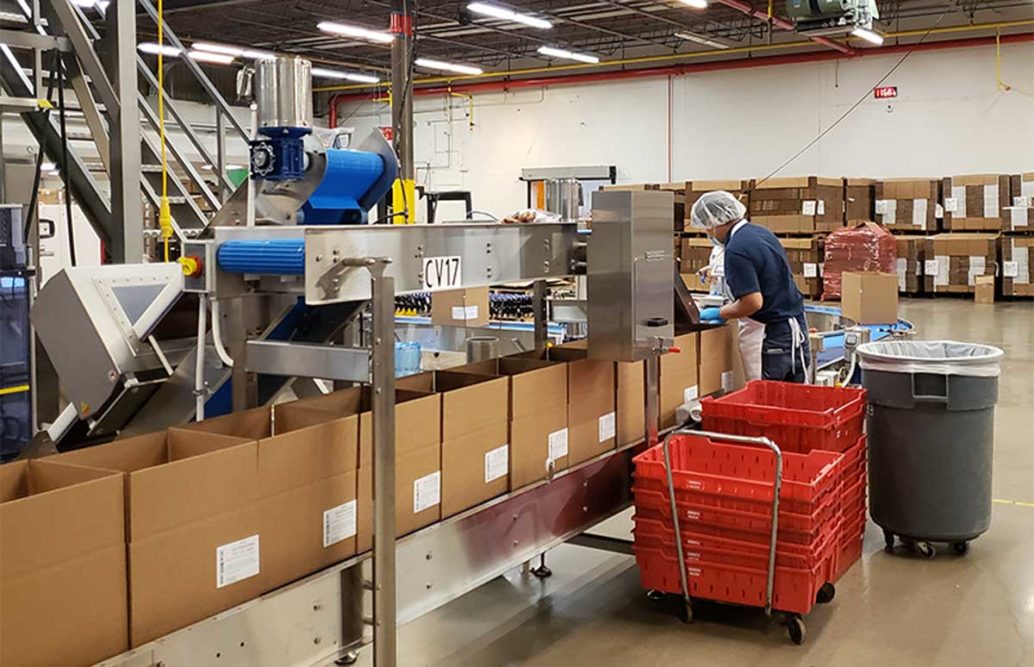At the beginning of the coronavirus (COVID-19) pandemic, it wasn’t immediately clear what measures would be necessary to keep bakery employees safe. Guidance from the Centers for Disease Control (CDC) was critical to clarifying those measures.
“ABA jumped in pretty quickly to collaborate with bakers to interpret best practices and guidance from the CDC,” said Matt Gabris, vice president, environment, health, safety and security, Americas, Aryzta, Zurich, and co-chair, human resources and safety professionals group, the American Bakers Association (ABA).
Infographics and posters in bakery common areas across the country communicated those best practices: washing hands, avoiding large gatherings, wearing masks and more.
As a part of the Food and Beverage Industry Alliance (FBIA), ABA ensured the industry was recognized as part of the critical industrial infrastrucutre. It also provided certification letters to bakeries that needed it to show that their employees were essential if they were stopped by law enforcement, which several bakeries reported happening. And now, thanks to a letter from FBIA to state governors and health officials, bakers will have early access to COVID-19 vaccines.
When it comes to the production room floor, many of the best practices bakeries have implemented have become commonplace throughout society: social distancing of at least six feet between work stations when possible; employees wearing PPE such as masks, face shields and gloves, and frequent sanitizing of high-touch surfaces. In a bakery, however, social distancing is not always possible, and break rooms, restrooms and locker rooms also provided extra obstacles.
“These challenges required companies to become more creative,” said Jon Anderson, president, JRA Occupational Safety Consulting. “In some cases, the challenges of protecting employees resulted in putting aside some normal practices such as job rotation. Job rotation is done to help prevent some soft tissue injuries, but rotating employees meant that if one person is infected with the virus, then others, perhaps many others, would then become exposed, resulting in a potential outbreak.”
While most areas of a bakery can easily adapt to social distancing, other processes like high-speed packaging require operators to stand closely together. In those instances, The Kroger Co., Cincinnati, like many other food companies around the country, found plastic partitions and PPE to be highly effective.
“In many of our bakeries on some of the lines, people have to stand shoulder to shoulder, so any type of physical barrier that can provide some kind of protection for the associate while they have to work side by side is helpful,” said Jesse Turner, senior director of human resources and manufacturing operations, corporate brands and manufacturing at The Kroger Co.
To make space for people to take breaks safely, Kroger also converted conference rooms and other workspaces into breakrooms.
Temperature scans are also a common sight for those entering baking facilities. Some bakeries rely on an employee stationed at the plant’s entrance with a thermometer to check temperatures before granting workers access, while others have opted to invest in thermal scanners. According to Mr. Gabris, Aryzta has incorporated thermal scanners. If employees run a high temperature, they can test again after 10 minutes. A second high temperature sends the employee home. After more than a quarter of a million scans, Mr. Gabris said the percentage of fevers has been low, but it deters employees from coming to work sick.
“If they know we won’t even let them in the front door with a high temperature, they are more likely to just stay home and call in than risk trying to come in,” he said.
Another aspect of the pandemic is empowering employees with a sense of confidence they can stay home when they feel ill or test positive for the virus. Bakeries had to reevaluate their attendance policies to accommodate CDC guidelines for COVID-19 isolation and offer employees payment and job security in the event they had to quarantine. Other unforeseen issues caused by the pandemic also came up in leave policy conversations.
“You have to look at your leave and sick policy and adapt it and be a good employer for people who suddenly don’t have daycare available,” explained Steve Katzenberger, chief operating officer, Hearthside Food Solutions, Downers Grove, Ill. “There were a number of policies that we had to look to adapt and be as employee-friendly and adapt to the current circumstances because the impact was tremendous across all aspects of people’s lives.”
This article is an excerpt from the February 2021 issue of Baking & Snack. To read the entire feature on Employee Safety, click here.






